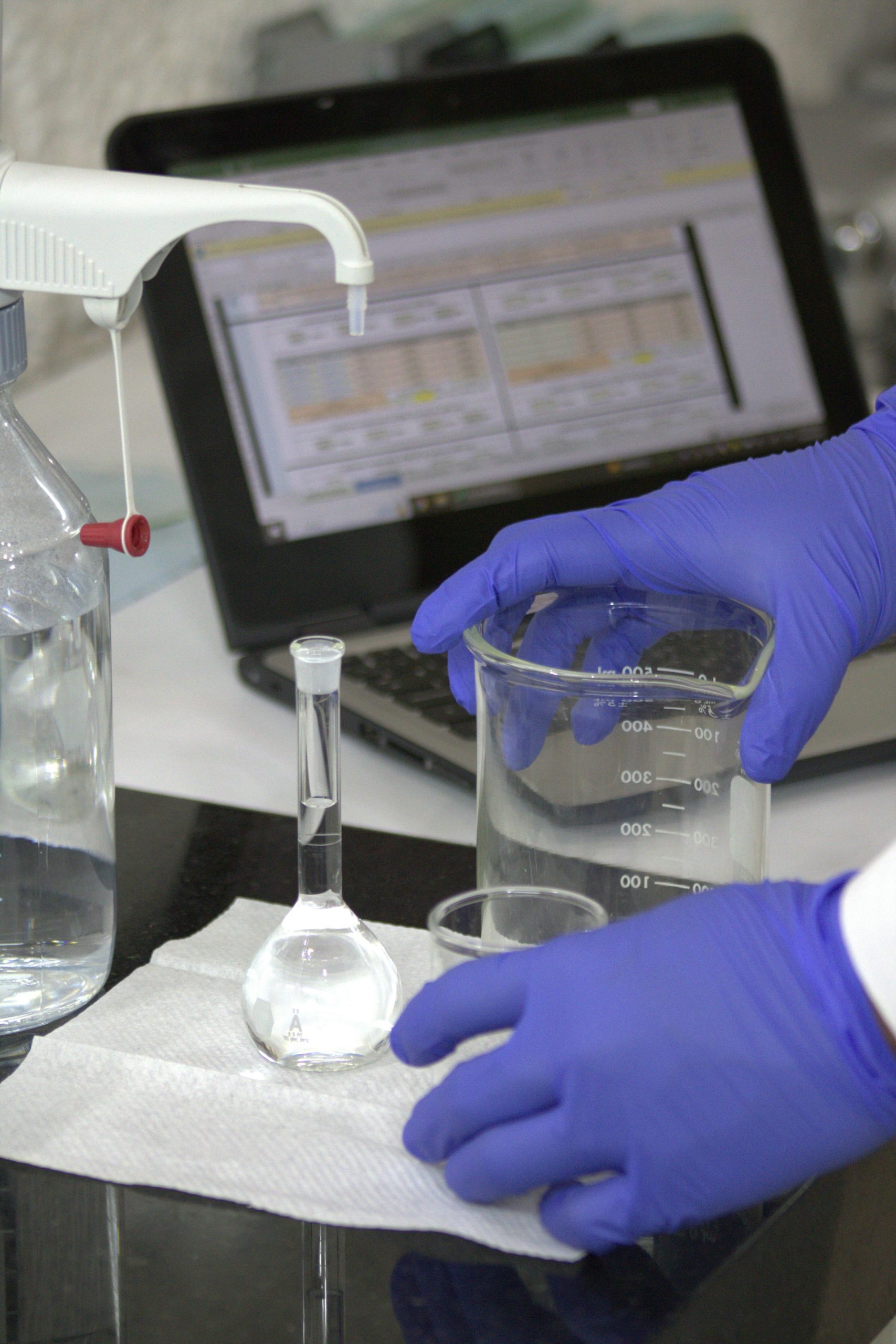Ensuring Laptop Safety Following Liquid Metal Replacement: What You Need to Know
Introduction
Laptops are intricate devices that require precise maintenance and careful handling, especially after repairs involving thermal interface materials. Recent advancements and maintenance techniques, such as liquid metal application, can significantly improve thermal performance but also introduce new safety considerations. If your device exhibits unusual overheating or behaves unexpectedly, understanding your options and risks is essential. This article explores the critical aspects of post-repair laptop safety, focusing on scenarios involving liquid metal replacements and how to approach troubleshooting responsibly.
Understanding Liquid Metal in Laptop Repairs
Liquid metal is a highly effective thermal interface material used to improve heat transfer between the CPU/GPU and their heatsinks. Its superior thermal conductivity helps lower operating temperatures, enhancing performance and longevity. However, liquid metal is also electrically conductive and can be prone to spillages or shifts if not applied correctly, especially in laptops that are carried vertically or subjected to movement.
Key Considerations After Liquid Metal Application
-
Proper Application and Sealant:
When professionally applied, liquid metal is usually contained within a barrier or foam shield around sensitive components to prevent leaks. Ensuring this barrier remains intact is crucial for safety. -
Device Orientation and Handling:
Laptops that are transported vertically or frequently moved increase the risk of liquid metal shifting or spilling, potentially causing short circuits or damage. -
Post-Repair Monitoring:
Temperature readings, system stability, and physical inspection can help identify issues early. Unusual temperature spikes or physical sensation of heat are warning signs.
Addressing Overheating and Safety Concerns
Recent reports of laptops becoming “hot like fire” after repairs indicate possible underlying issues—either software-related or hardware failures resulting from the repair process. If your device overheats significantly, especially to the point of concern for safety, it’s essential to proceed with caution.
When considering turning on a device that has recently undergone liquid metal replacement:
-
Assess the Risks:
Powering on the laptop without verifying the integrity of the liquid metal barrier might risk creating a short circuit if the liquid has spilled or shifted. -
Seek Professional Inspection:
Ideally, a technician should inspect the device for signs of liquid metal leakage or shifting before powering it on. If local experts are unavailable, remote consultation with the repair technician or professional forums may provide guidance. -
Perform Controlled Testing:
If you choose to test the device yourself, consider doing so in a controlled environment—preferably with
Share this content:



